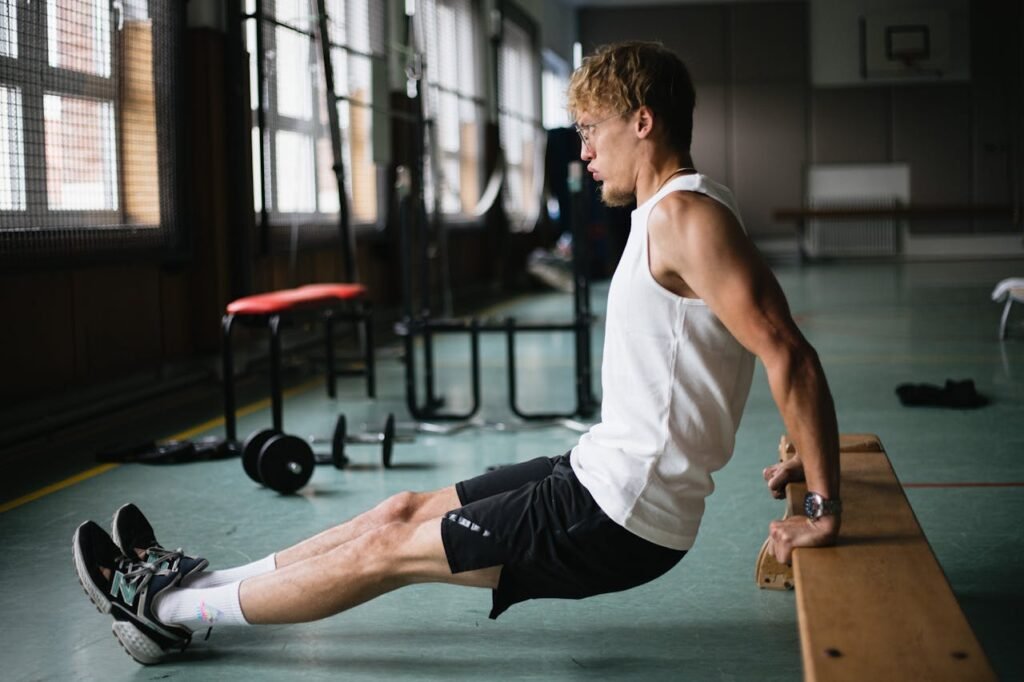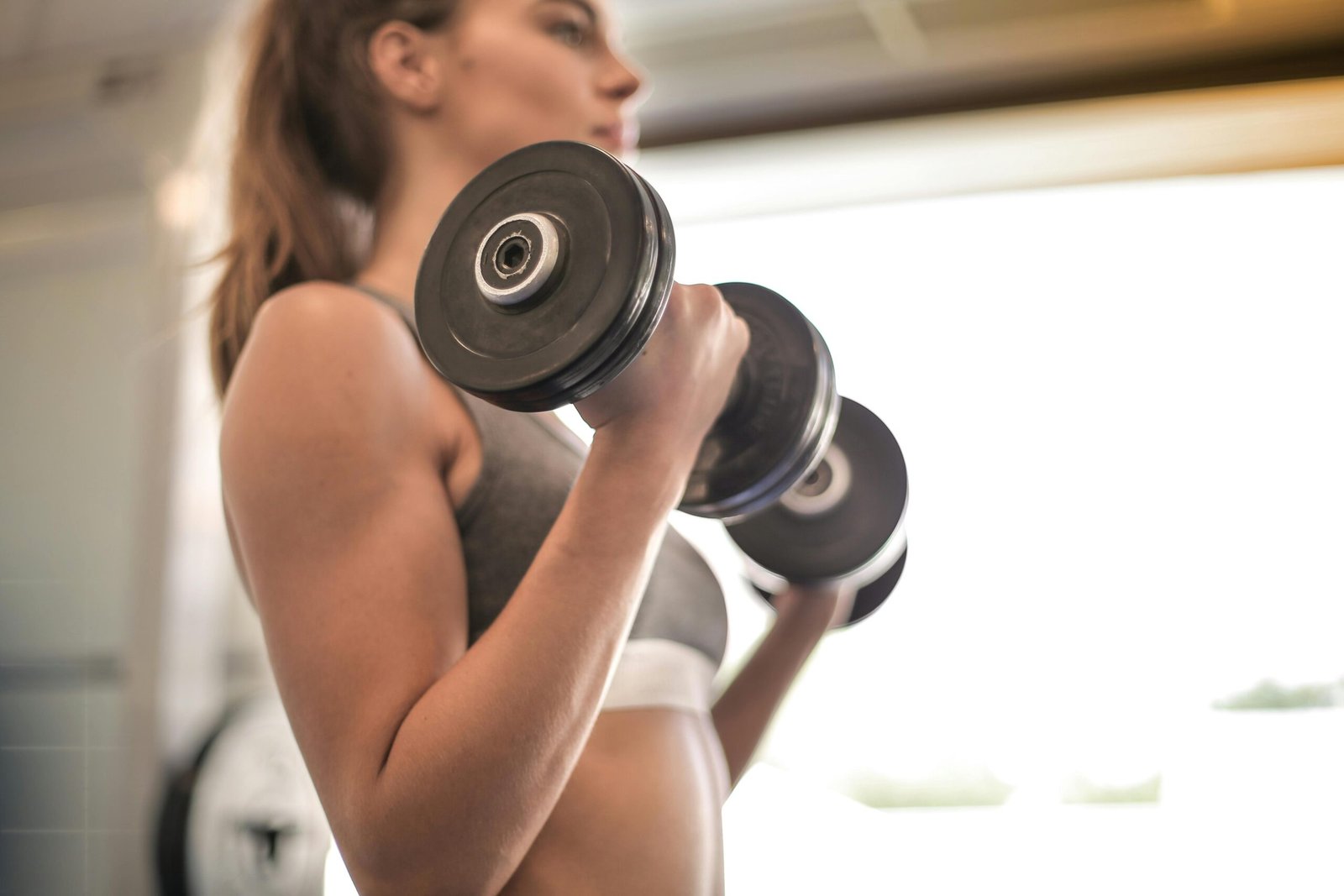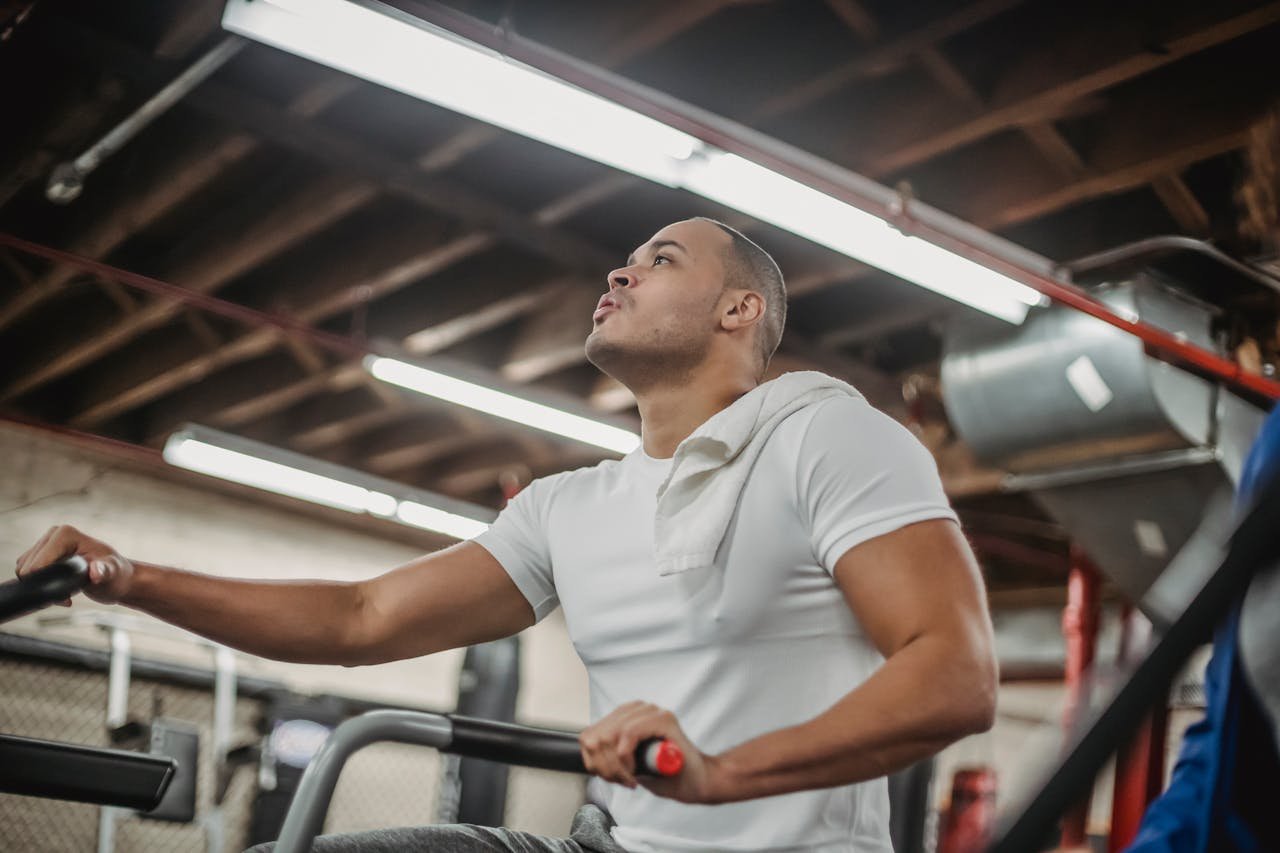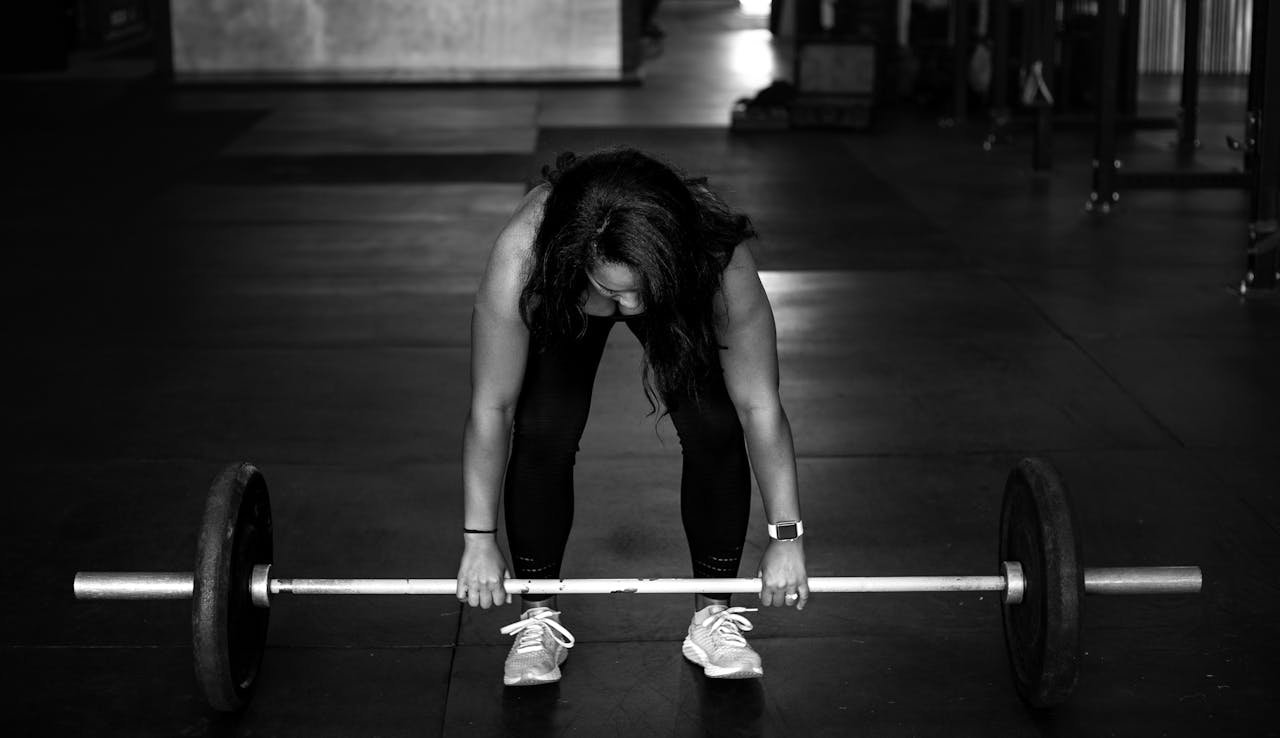Many of those who want to start a military exercise program are debated between Do it in a gym or at home.
Military exercises draw powerful attention because combine strength, power, and endurance, as well as balance, so necessary in any field.
Although gyms provide spaces, conditions, and equipment to do an adequate workout, Carrying out a military training plan at home is feasible since it does not require specialized equipment and It ensures continuous, combined, demanding, and pleasant days as you decide.
Some tips before starting military training at home
- The first thing you should know is that military training made for civilians has the same demands, this means that They are also strong exercises that demand some skills.
- You don’t necessarily have to have these skills from the beginning, but you cultivate them as you do your daily routines.
- Another important factor to know is that this training It should be done at least three days a week and no more than five.
- You must make sure you have a balanced diet with a calorie content according to your conditions (gender, height, weight, pace of life).
- At some moments you will put your body in an extreme condition, both from the cardiovascular and muscular aspects.
- Each routine is developed in series and repetitions. This means that when 3×10 is indicated, it means three series of 10 repetitions each.; or 5×10; 1×10, with hardly any rest between sets.
- Have all the mental disposition to start with a good attitude.
Benefits of military training at home:

Following a military training routine at home that includes a variety of strong and demanding exercises allows you to see results in a short time. Because they are intense exercises, the body loses fat in each daily routine.
They are complete exercises where cardiovascular training is combined, such as running, high jumps, rope jumping, or rope jumping, and strength exercises, such as squats or squats pull-ups, push-ups, and sit-ups, with which all the muscles of the body are worked.
Because it is a high-intensity workout, the heart rate rises, and the heart rate increases, which activates and strengthens the cardiovascular system.
These military exercises to do at home stimulate the body’s physical capacity, improve concentration, and provide greater responsiveness. Remember that it is just what the military needs when it comes to combat.
Like all sports, military training at home helps reduce stress and anxiety levels, It takes us out of the daily routine of work or study and puts the whole body in a demanding but rewarding movement. Besides, They increase lung capacity and muscle mass.
What material should we have?
Military training at home saves you gym and transportation costs. Being at home gives you the option of making your material, which you can use at any time of the day.
Can build your gym by acquiring a jump rope, a stable box for jumping, a mat for stretching, a bar that you can install in a comfortable place for pull-ups, a set of weights, and some dumbbells.
If you like You can have a treadmill, a stationary bike, or an elliptical; With any of these, you can complete your race routines.
A plan for every day
Remember that a military exercise routine must include the three stages, to avoid injuries, especially in points such as knees, ankles, wrists, hips, and shoulders:
- Heating
- Exercise practice
- Stretches
Every day, before starting the routine, you should do some movements that complete the warm-up session:

Move your feet in and out,
supporting the body with one leg while raising the other a little below the hip.
- Stretch one arm towards the sky and the other towards the ground; then join your hands behind your back.
- Move your wrists in and out.
- Stretch your hands by bringing your fingers to the outside of your arm and then to the inside.
- Move your head slowly in circles, first to the right then to the left.
- Move your shoulders in outward and inward circles.
Do several repetitions of each one.
First day
- Run for 25 minutes at medium or high speed
- Traditional 3×10 pull-ups
- Classic push-ups 5×15
- High-speed rope 3×90 seconds
- Triceps push-ups 5×15
- Abs 5×15
- Abs criss-cross 5×15 (left elbow, right knee/right elbow, left knee)
Second day (slight increase in routine)
- Do a 30-minute run at medium or high speed
- 3×15 pull-ups
- Squats or 3×15 barbell squats
- Push-ups 3×15
- Oblique abdominals 3×20
- 3×15 pull-ups
- Abdominals with 3×20 bar
- 3×15 pull-ups
Third day
- 20-minute race alternating medium speed and sprint; with intervals of one minute between each other.
- push press of weights with 35 kilos 10 repetitions
- 3×15 pull-ups
- Squats 3×1 minute
- Knees to chest 3×1
- Push-ups 3×15
- Abdominals with weight 3×15
- Push-ups 3×50 seconds
Fourth day
- Thirty minutes of running at medium-high speed
- Traditional 3×15 pull-ups
- High-speed rope 3×90 seconds
- Classic push-ups 5×15
- Abs 5×15
- Triceps push-ups 5×15
- Abs criss-cross 5×15 (left elbow, right knee/right elbow, left knee)
Fifth day
- Perform 20 minutes of running at medium-high speed or 5 minutes of running at high speed
- 3×20 pull-ups
- Squats 3×20
- Push-ups 5×20
- Squats with jumps 3×10
- Quadriceps extensions 3×10

Don’t forget to stretch your body at the end of each daily routine. To do this you can follow the following instructions:
- Stand up straight, raising both arms to the sky, and stretch your back, without lifting your heels.
- Keep your back straight as you bend your torso forward. Without hunching your back.
- Bring your hands to the floor and try to place your forehead against your knees.
- Raise your head and look ahead.
- Stretch one leg, bring the knee to the chest, and keep the leg in that position supporting the knee with both arms.
- Then with your hand hold the foot and bring it to the buttock.
- Repeat the stretch with the opposite side.
Share this content:




